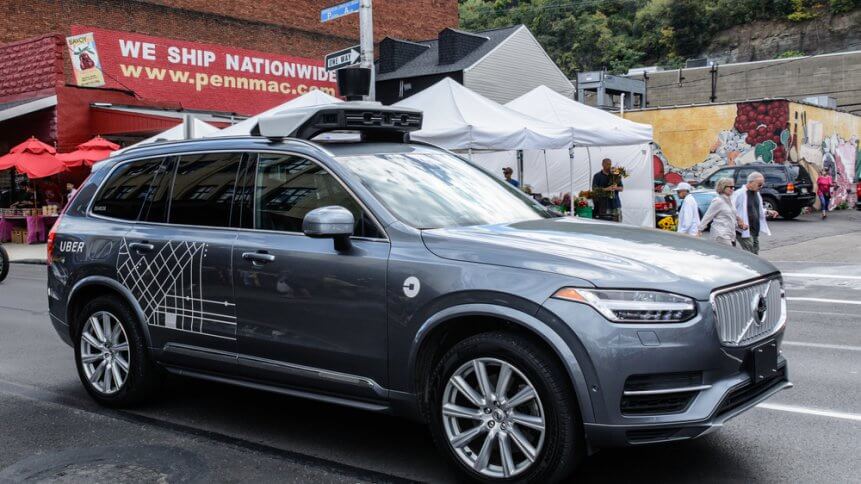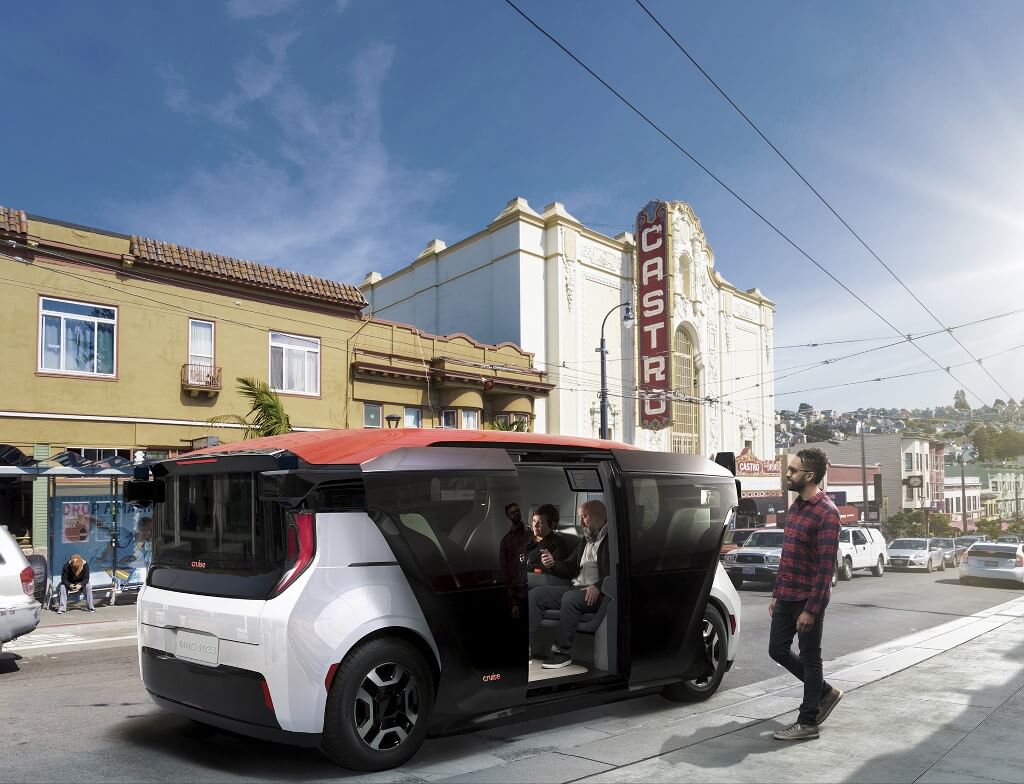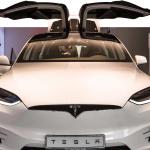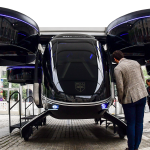How the autonomous ride-sharing market is heating up

The automobile industry is in the midst of significant disruption. Technological advancements have driven legacy carmakers to begin new, innovative R&D, locking horns with new rivals in tech giants and even electronics firms in the race to develop next-gen mobility solutions.
This week Cruise introduced Origin, an electric shuttle bus built specifically for the ridesharing market. The company has taken a minimalist design which tears apart our century-long concepts of automobile fundamentals – there is no steering wheel, pedals, wing mirrors, windshield wipers, fuel tanks, and seats.
Passengers enter the self-driving vehicle through sliding subway cart-style doors, treated on the interior with spacious seats that face each other.
Origin will have a battery charge operating time of 24 hours. Throughout its lifecycle, it will be capable of running for at least one million miles, outperforming the average car by around five times, and stripping back on maintenance costs with much fewer moving parts.

Don’t bother to look for the steering wheel or pedals in the new autonomous shuttle vehicle unveiled by Cruise, the startup owned by General Motors. Source: AFP
But Cruise is just one of a number of firms not only developing self-driving technology, but targeting a new imagining of transport built on advanced ride-sharing propositions.
Uber has been developing and testing self-driving cars for several years, and has this week announced it will begin deploying its vehicles in Washington DC – albeit with human drivers for now – to begin collecting mapping data and capturing driving scenarios for Uber engineers to reproduce in simulation.
The firm said this would lay the foundation for real-world tests, adding: “While we are excited about the possibilities, we remain committed to ensuring that every mile we drive on public roads contributes safe and meaningful learnings to inform our development work.”
Last year, San Francisco-based Waymo – which has conducted self-driving taxi pilots – signed a deal with Renault and Nissan to develop autonomous vehicles for commercial use in France, Japan, and plans for deployment across Europe and Asia.
Renault separately commenced a public trial of autonomous shared car services which could be hailed my smartphone with about 100 users on the roads of Paris, hitting a milestone in the rollout of commercial self-driving vehicles.
Other notable achievements in the history of autonomous driving include a self-driving truck successful delivery of 40, 000 pounds of butter across the US in three days.
The success of the previous decade marks a turning point for the autonomous industry as the growing interests of key players in the market, and a healthy pump of investment, fuels the sector to go further. By 2023, the self-driving car market is predicted to generate global revenue of up to US$173 billion.
The development of autonomous vehicles will drive new growth area in ride-sharing, due to reduced production costs of autonomous vehicles and the emergence of new technologies to consolidate the infrastructure and support needed.
Though the plans for autonomous ride-sharing vehicles are a step ahead of autonomous vehicle technology itself, tech giants like Uber have the advantage of talented manpower and funding, while ride-sharing services will be the natural evolution of self-driving technology. Not everyone will need to buy their own autonomous car.
The autonomous vehicle industry has experienced steady and strong growth over the past years. Legacy car makers are shifting away from the traditional roles, exploring potential mergers and acquisitions to stay ahead in the automotive world.
By embracing new digital services and joining arms with industry disruptors, automakers are strengthening the links between relevance and innovation in autonomous vehicles.










